China On My Mind
My musings, ramblings and observations on China (purely opinion, only) …….A basic smattering of Chinese has been most helpful in getting by in China, and I have been thankful that I had done a basic short course in Mandarin before leaving home (thank you, Wang Jing) although a longer course would have been more beneficial had I thought of it sooner. Accommodation places have someone on staff who can speak English but I found it frustrating not being able to strike up a conversation with the locals. Many Chinese people know at least 2 words in English –“ hello” and “bye bye”. The younger ones know more. In Shanghai, I was lucky enough to have the chance to sit in on one of Penn’s private Chinese lessons in her home. Penn & Alister’s driver, Andy, was also another source of help with language tips that helped me get by in my very limited way through China.
 |
| Oh, bless! |
As a westerner you are stared at or photographed as though they’re seeing a foreigner for the first time, regardless of the number of non-Asian tourists travelling. Some call out “hello” in English and giggle when they get a reply, whilst others try to sneak a photo of you with cameras or mobile phones or approach you for that Kodak moment they are bursting to have. Westerners are still a novelty for some. I enjoyed offering to take their photos for them so that everyone could be in it, calling out in Chinese “yi, er, san (1,2,3)….click”, which gave them a bit of a laugh.
So we all know about the Chinese government’s one-child policy. There were plenty of cute mini-emperors and empresses about, though very well-behaved from what I could see, many in the care of doting grandparents. But we've been informed, to desperately want a second child costs an exorbitant amount, so that may account for the numerous pets. However, a one-pet policy is apparently on the cards, if not already introduced.
 Tea drinking is huge here (surprise surprise!), even in taxis where drivers have their plastic flasks of green tea with them in their console. Airports cater for tea drinkers by providing numerous hot water dispensing machines where local travellers top up their travel mugs and flasks of green tea leaves or pour the free scalding water into their take-away instant noodle bowls before boarding their aircraft.
Tea drinking is huge here (surprise surprise!), even in taxis where drivers have their plastic flasks of green tea with them in their console. Airports cater for tea drinkers by providing numerous hot water dispensing machines where local travellers top up their travel mugs and flasks of green tea leaves or pour the free scalding water into their take-away instant noodle bowls before boarding their aircraft.
The people here, as we’ve observed, are very industrious. When idle they sweep (the number of early mornings where we’ve woken up hearing the sound of straw brooms sweeping the pavements!) or take a second job or do whatever it is that keeps them busy. The Chinese, it seems, are busy being busy!
Okay, now the worst parts about China:
· I can put up with squat toilets (been there, done that many times before, unless they’re disgustingly smelly – and there’ve been quite a few of those) & throwing the toilet paper in the wastebasket next to it, but…….geez, I dislike brushing my teeth with bottled water (you know, just to be on the safe side).
· masses of Chinese tourists in large tour groups everywhere you go, and we mean MASSES. If you’re not used to crowds, you better get used to them fast.
· Chinese plumbing (marginally effective at worst, OK at best) and having to provide your own toilet paper in many places. Public toilets are numerous in every city but only some will have a communal toilet paper dispenser outside the cubicles.
· the phlegmy spitting on the streets. Seriously, someone ought to look into the post-nasal drip that afflicts the nation.
· Chinese ATM’s that dispense only small amounts of cash from their machines. This means regular trips to the hole in the wall, with added fees on top. Not ideal.
Best parts about China:
· love the way people give and receive with both hands. Even when change is handed over, it’s extended with both hands. So very respectful and elegant.
· it's great the way the people are so communal about their parks and public places. Taking a walk through these at any time of day you may see groups of elderly at early morning tai chi classes (some in their pyjamas), exercise classes to music, instrument or singing practice, card games or women’s dance lessons. The sidewalks are places for a game of mah-jong or to play cards or to sit and sip tea with friends.
 · gorgeous public gardens - they’re peaceful, harmonious and an escape from city crowds and noise. Lakes, koi fish ponds, pagodas, pretty bridges, traditional teahouses are set in serene landscapes. Makes you want to take up serious contemplation of the navel.......or take up tai chi.
· gorgeous public gardens - they’re peaceful, harmonious and an escape from city crowds and noise. Lakes, koi fish ponds, pagodas, pretty bridges, traditional teahouses are set in serene landscapes. Makes you want to take up serious contemplation of the navel.......or take up tai chi.
.· the city streets are SO clean, not what I expected in a billion-plus populated country.
· there have been some very memorable meals we’ve enjoyed, especially in Shanghai, Beijing and Xian. The beers we sampled were also enjoyable, a lot milder and less bitter than the Aussie ones. Of particular note was the local Guilin beer.
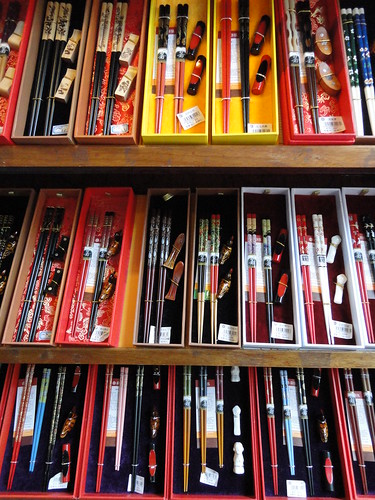 |
| Chopsticks for sale |
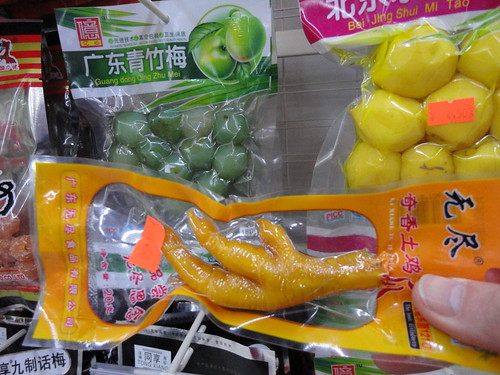 |
| Hmmm! Chicken tonight? |
· the people have been friendly and helpful.
· recycling is taken seriously from collection men on little bikes to streetside rubbish bins that are divided into recyclable and non-recyclable sections. Go the green movement.
· no hooliganism, louts, bad-mouthing, rage, drunken aggressive behaviour or graffiti. Yay! Even all the car honking is done with a cool head. The worst behaviour we encountered were Chinese conversing on full volume into a mobile phone on the subway (they shout "WEI" - hello on answering the phone ) which had even some of the locals turning their heads and looking.
We’ve felt that we’ve seen and done a lot in the 3 ½ weeks we’ve travelled around, giving us the impression that we’ve been here for much longer and at other times not long enough. Our time here has varied from exhausting to exhilarating.
A BIG thank you to Penn and Alister for room, board, language class, chauffeur service, advice, great conversations and wonderful dinners. A fabulous introduction into China and the ex-pat way of life in Shanghai.
Now, it’s time to leave China’s perpetually grey hazy skies and move on to other landscapes aboard the Trans-Mongolian train bound for Ulaanbaatar in Mongolia.
Zai jian, China. Thanks for the amazing memories and experiences.





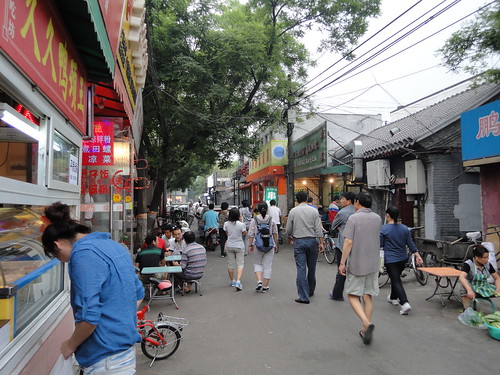
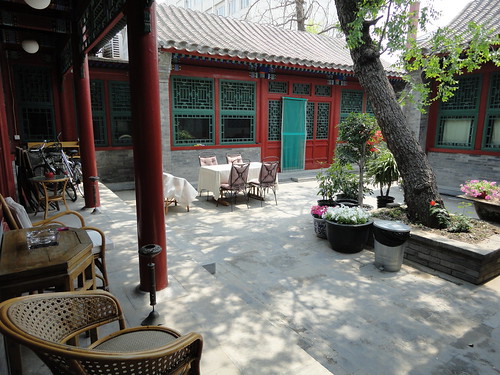

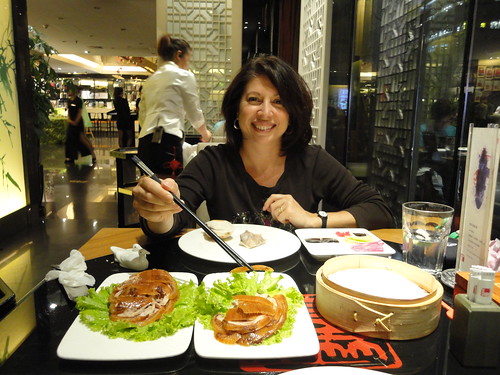
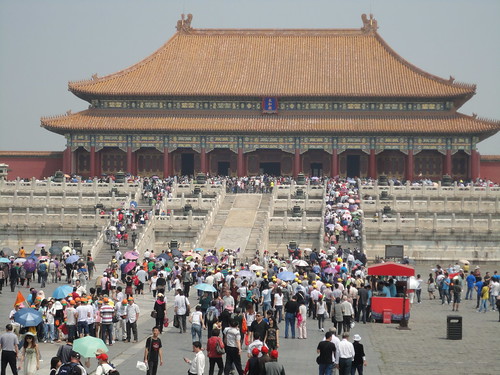

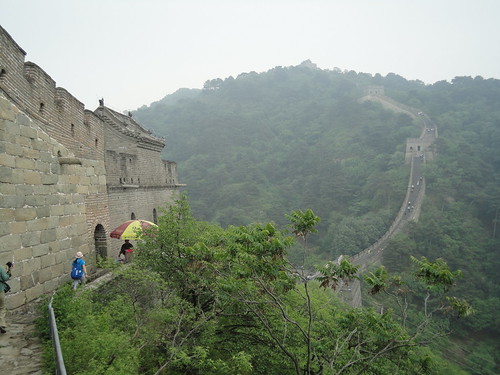

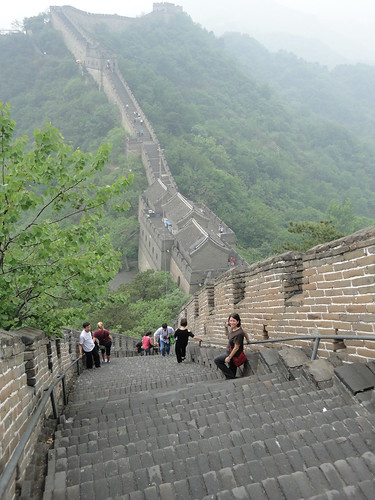
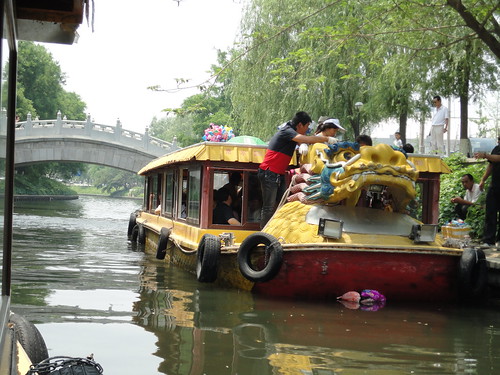

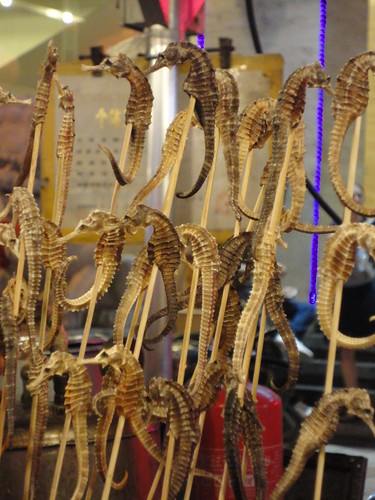
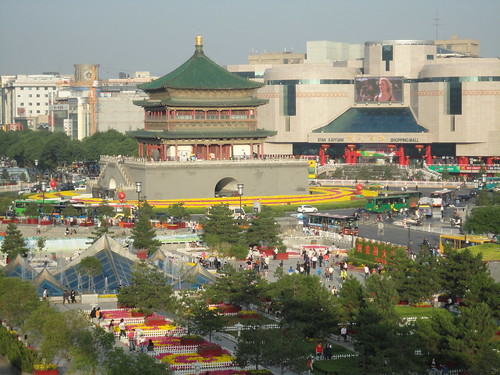
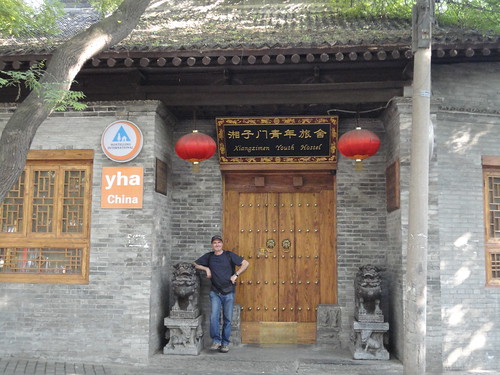
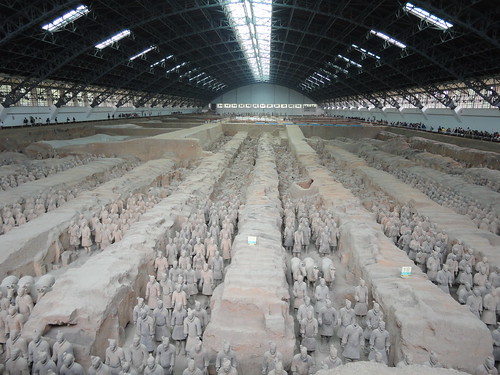


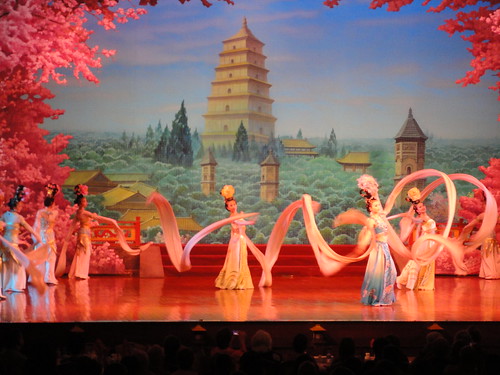

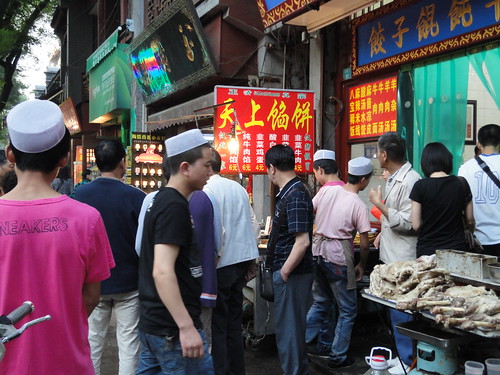

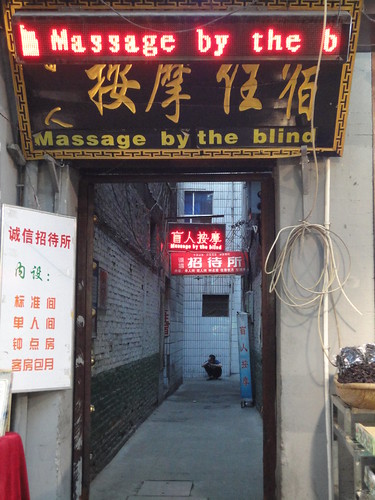
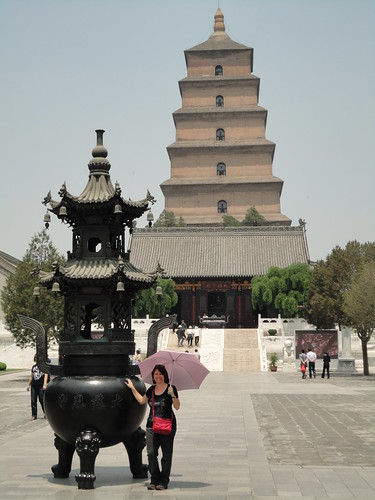

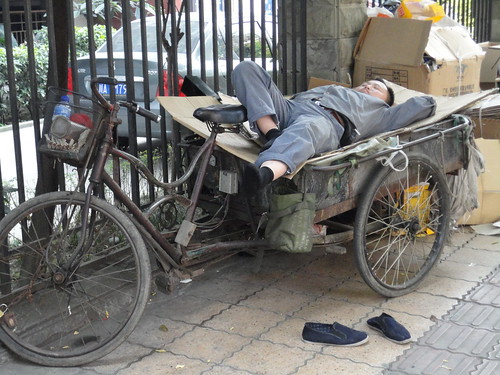
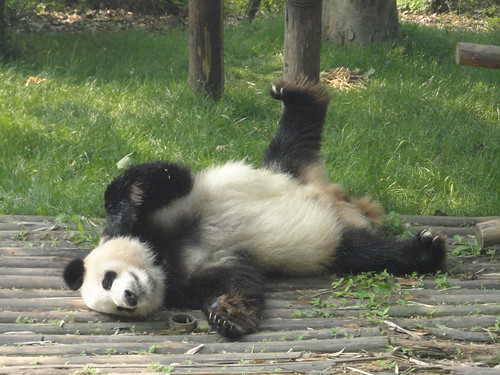
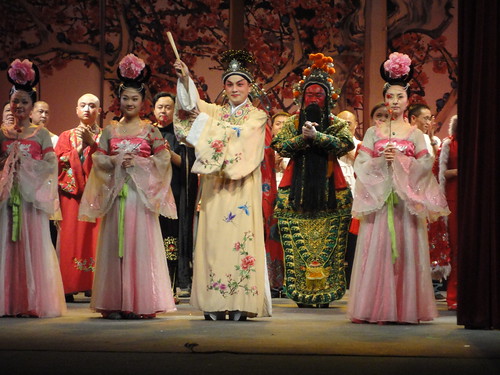
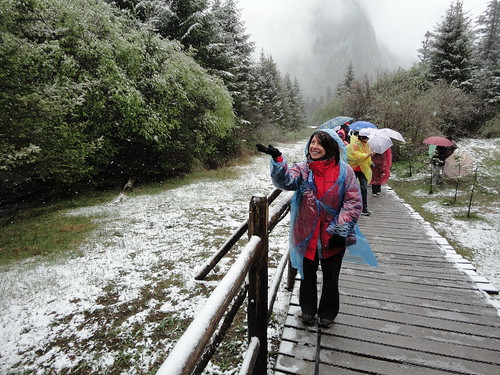






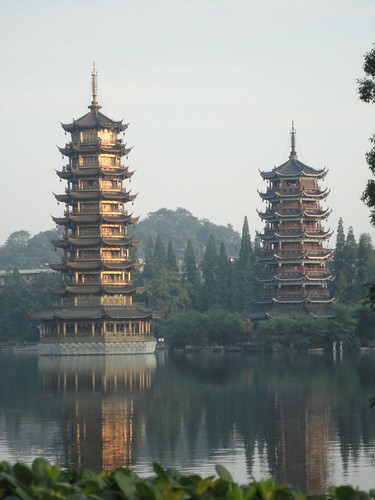

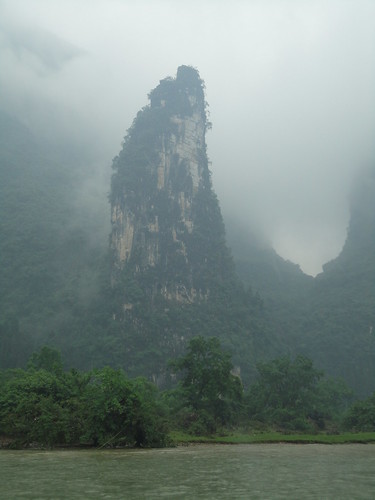
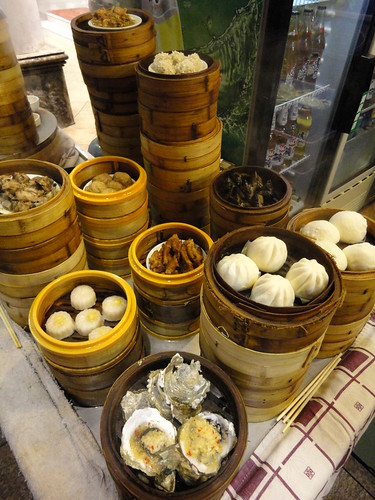
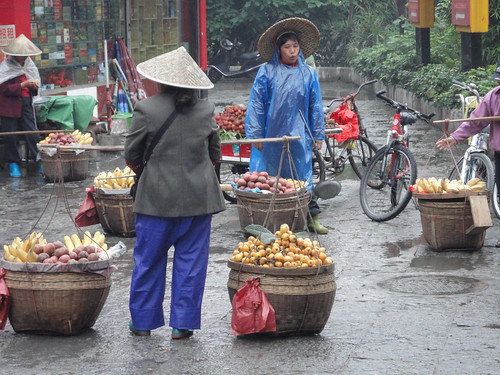
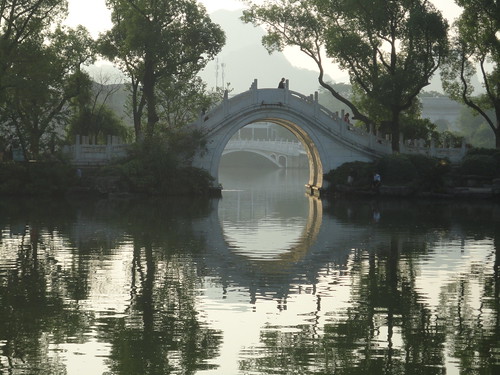
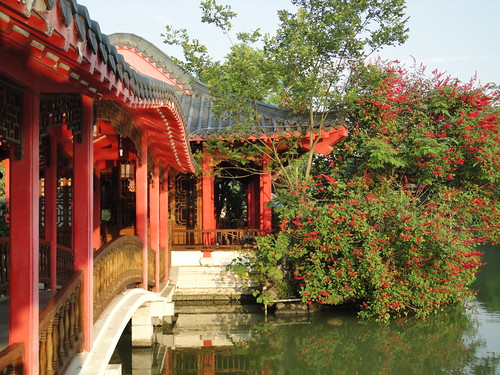
 Hi, I'm Eva - world traveller, cultural explorer and experience seeker. Together with my husband Max, we've been globetrotting for over 20 years.
Hi, I'm Eva - world traveller, cultural explorer and experience seeker. Together with my husband Max, we've been globetrotting for over 20 years.







0 comments: